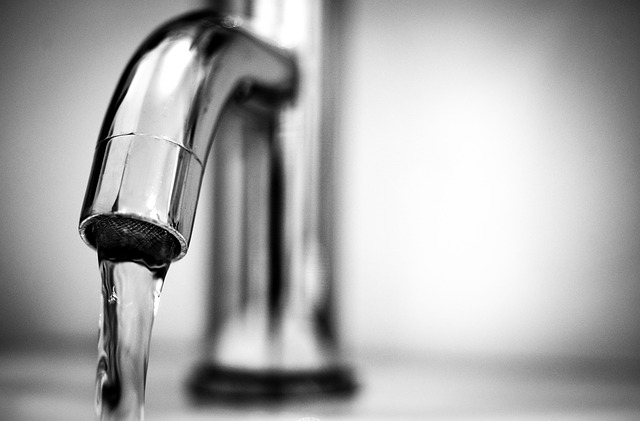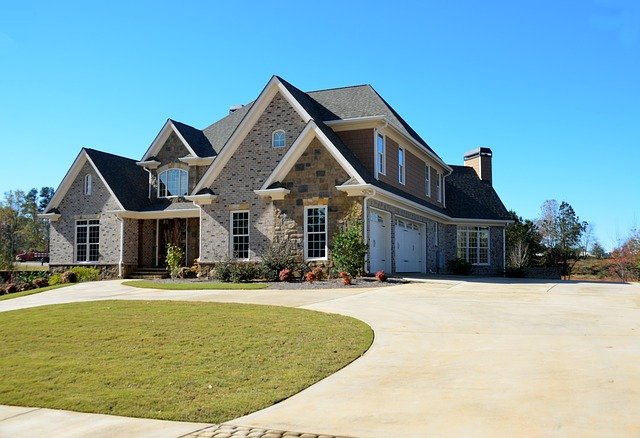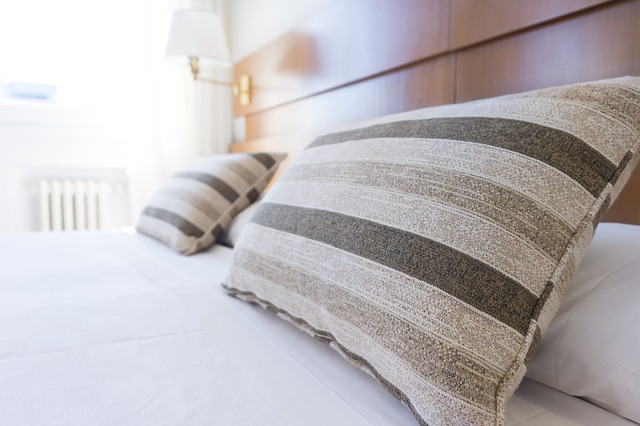Commercial property owners are responsible for ensuring that their premises are in excellent condition for renters in all respects. Proper waterproofing is a critical component of this guarantee, considering the harm that leaking walls and roofs may do to an occupant’s company. While waterproofing accounts for less than 1% of a building’s total cost, damage caused by water leaks accounts for up to 80% of a building’s faults.

Consult pomwaterproofing.ca if you want to take care of waterproofing your building.
Not only does proper waterproofing and plugging any leaks as soon as they are discovered assure building safety, but it also helps reduce rent loss due to an unusable structure.
1. Issues from above
Regardless of the location of the company area inside a structure, there are always threats from above.
If it is on the top level, puddles on the roof may accumulate. This is particularly true for flat roofs, which gather water during rainstorms. This water may seep into the ceiling area, resulting in a leak. Any standing water on the roof has the potential to cause wear and tear on the structure.
Alternatively, the lower levels may encounter difficulties as a result of substandard craftsmanship on the floor above. Defective tiling or plumbing may create major problems for the floors below, such as cracks, mildew, and structural faults.
2. Inadequate waterproofing
When it comes to waterproofing, proper installation is critical. Numerous leakage issues are caused by inadequate waterproofing, which results in wetness. If the waterproofing is done poorly, the building’s structural integrity might deteriorate significantly more quickly as a result of the moisture buildup. Additionally, it may result in direct property damage and, in the case of enterprises, damage to equipment, particularly those on lower levels.
3. Protecting the structure of the building
Adequate waterproofing protects your business structure against wear and decay, as well as leaks, regardless of the weather conditions such as rain, heat, or wind. Commercial roofs that are not waterproofed properly may result in stagnant water seeping into the building’s membrane. This leads to material and structural damage to the structure, which may result in considerable losses. Additionally, the reflecting aspect of a properly installed waterproof membrane decreases the influence of high heat and sunshine on your roof, extending the life of the roof.
4. Enhance air quality
Proper waterproofing ensures that the business property has enough airflow. When a building is not adequately ventilated, water may get trapped, deteriorating the interior air quality. Commercial buildings get a high volume of visitors; poor air quality degrades the tourist experience, lowering the property’s value.
5. Savings on energy and costs:
A correctly selected and fitted roof waterproofing technology is low-maintenance and eliminates the need for costly refurbishments. Early detection and repair of waterproofing concerns can help avoid more costly repairs in the future. Cost reductions are realized not just in terms of minimal maintenance expenses, but also in terms of energy savings. A competent waterproofing solution reflects heat and sunshine, requiring HVAC systems to work less hard to maintain the desired environment. These energy savings may be considerable in big commercial facilities.
Methods for minimizing water damage
1. Conduct routine roof inspections
Regular inspections of roofs, particularly flat roofs, will ensure that issues are quickly identified and rectified. Experts suggest inspecting a business roof at least twice a year. During the inspection, examine vents, drains, and any rooftop features that may allow water to enter the building. Water stains and cracks should be extensively evaluated since they are a strong indicator of where water is accumulating or possibly entering the structure.
2. Conduct routine inspections of drains, plumbing, and irrigation systems.
Because leaks in drains, plumbing, and irrigation systems are difficult to detect, routine inspections are an imperative need for building upkeep. Drainage systems and piping should be inspected for obstructions or leaks, and any leak, no matter how little, should be repaired promptly. To remedy the issue, an expert should be contacted.
3. Ensure that all seals are in good condition.
Due to the great vulnerability of windows, doors, and walls to leaks, building managers must continually inspect all window seals, door seals, and even wall systems. Concrete is a porous material that allows water to pass through. Occasionally, leaks may be undetectable, yet moisture may still be penetrating the wall. If water damage is discovered, contact the professionals.
4. Balconies
If the building contains outdoor spaces, it is essential that balconies and terraces be properly waterproofed. Regardless of the direction of the rain, if the outside space is exposed to the elements, it will get wet when the weather strikes. If not properly waterproofed, water may enter the structure directly via any entrance, no matter how tiny.
5. Not Neglecting the need of upkeep
One of the most serious issues, though, is disregarding the situation when anything goes wrong. Even the tiniest leaks should be addressed quickly since they have the potential to become much larger and cause far more harm. This also includes inspecting balconies, windows, cracks, and any other concerns that may arise and resolving them quickly. The longer these problems are ignored, the more harm they will do.






